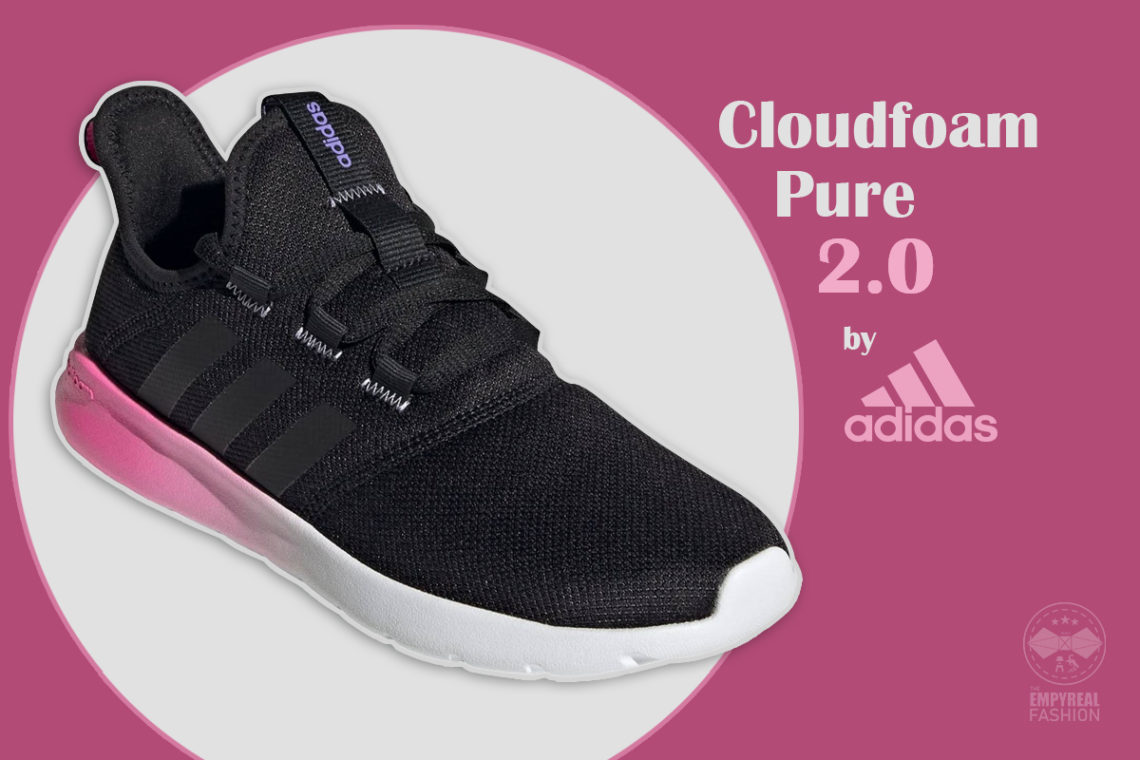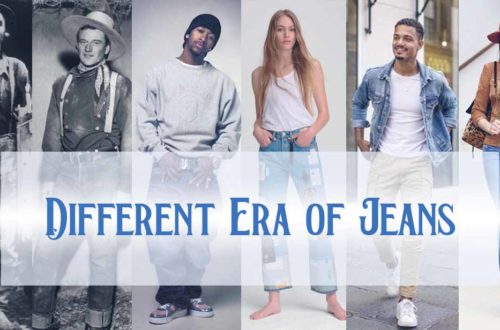
Cloudfoam Pure 2.0 Shoes
Adidas’ new Cloudfoam Pure 2.0 Shoes are athletic shoes with a difference: made from Primegreen, a high-performance recycled material, the shoes provide a sleek, cool style whilst offering comfort and agility. This particular model is named after its super ‘Cloudfoam’ midsole cushioning, which helps to support feet whilst keeping the wearer cool.
Features of the shoes:
The shoes come in 6 trendy colors, from core black and light purple, to silver metallic and chalk white. Furthermore, the memory foam sockliner provides the utmost comfort to the wearer, whilst the synthetic outsole ensures the sturdiness and breathability of the shoe. The lace closure is also stylish and color co-ordinates with the rest of the shoe.
The shoes come in size 5 to 11, with half sizes also available. Buyers have also noted the shoe is incredibly affordable, and doubles as a comfortable daily trainer as well as a stylish form of footwear for walking and casual wear.
Compared to other Adidas shoes, Cloudfoam Pure 2.0 sneakers have frequently been bought by those starting out in running or athletics, which make them a great choice for aspiring school athletes, or novice runners alike.
Primegreen: is it more eco-friendly?
Primegreen is a performance fabric containing no virgin plastic: instead, it is created from 100% recycled polyester, aiming to prevent the need for new plastic creation. This innovative design was created by the brand as part of their commitment to end plastic waste. As such, Adidas have incorporated Primegreen material into various other products in their stores, not limited to tracksuits, running thermals, footwear and socks.
The Primegreen campaign was a follow on to Adidas’ original eco-friendly initiative, Primeblue, which involves reusing plastic found in the ocean as material to create footwear and clothing. Both fabrics have played a signifigant role in Adidas having a 50% total volume of recycled polyester at the end of 2020.
Since this innovative milestone, the brand created a 30 year plan to end plastic waste in their company and contribute more to the environment. This consists of completely phasing out virgin plastics by 2024, reducing the company’s carbon footprint by 30% in 2030, and achieving climate neutrality by relying on renewable resources to create its products by 2050.
How can Adidas’ efforts be replicated by other companies?
Other companies of all kinds, particularly sportwear, should look to Adidas as an example of how to tackle the climate crisis. Here, Adidas’ plan to eradicate virgin plastic use can also by implemented by other companies, as well as their policy of extending product life through rental, repair and recommence. Furthermore, an emphasis on recycling all materials, plastic or otherwise, should be made, as well as encouraging the sustainable use of natural resources, or materials developed from natural resources in a lab setting.





